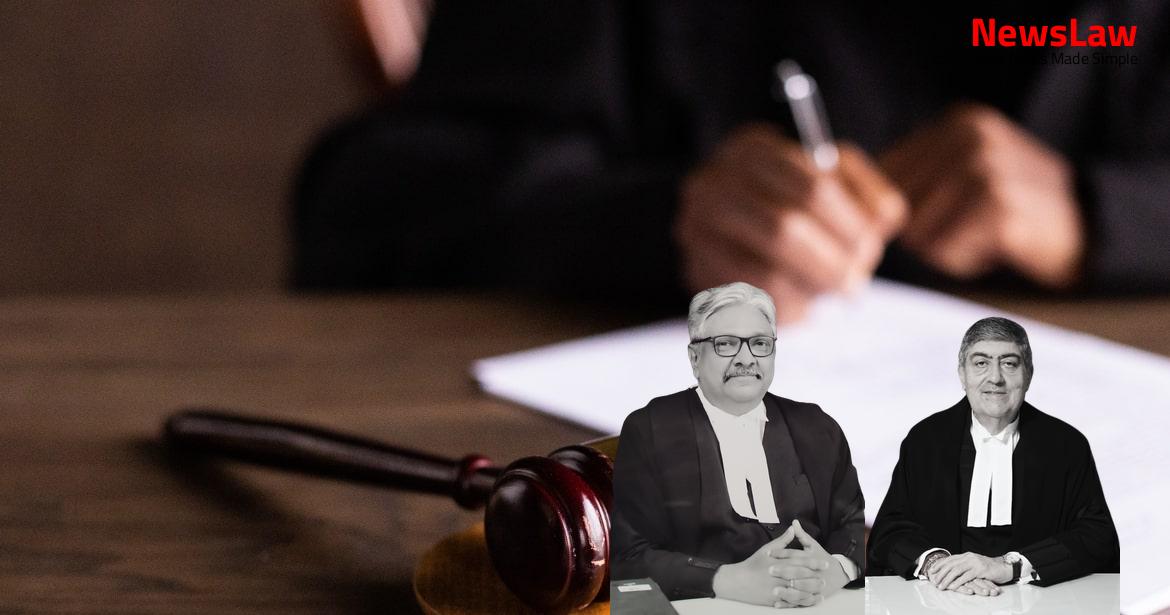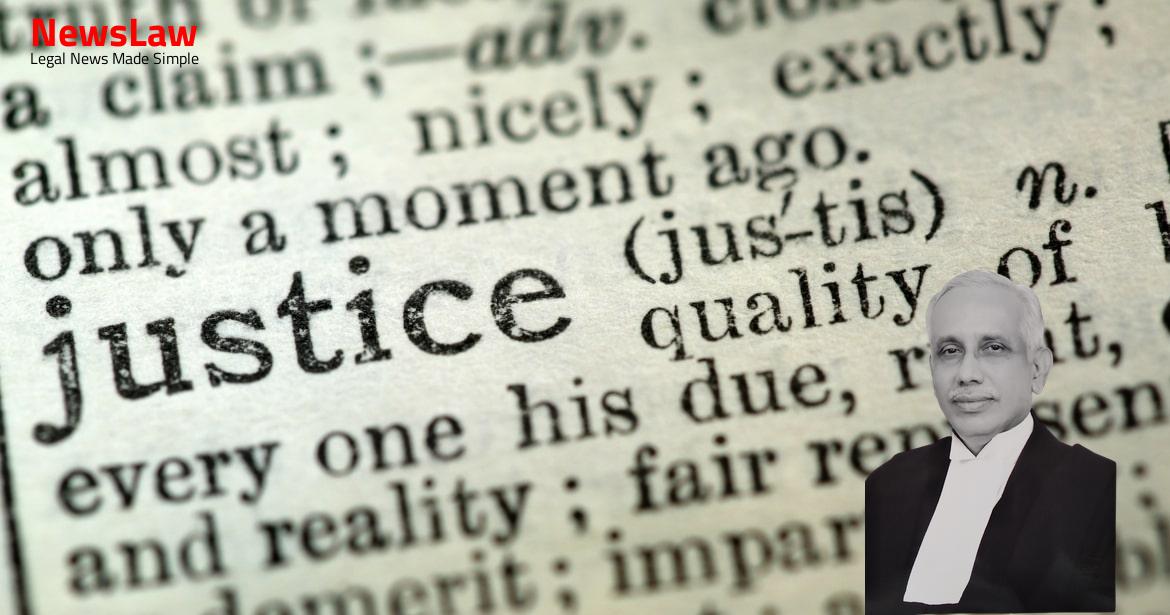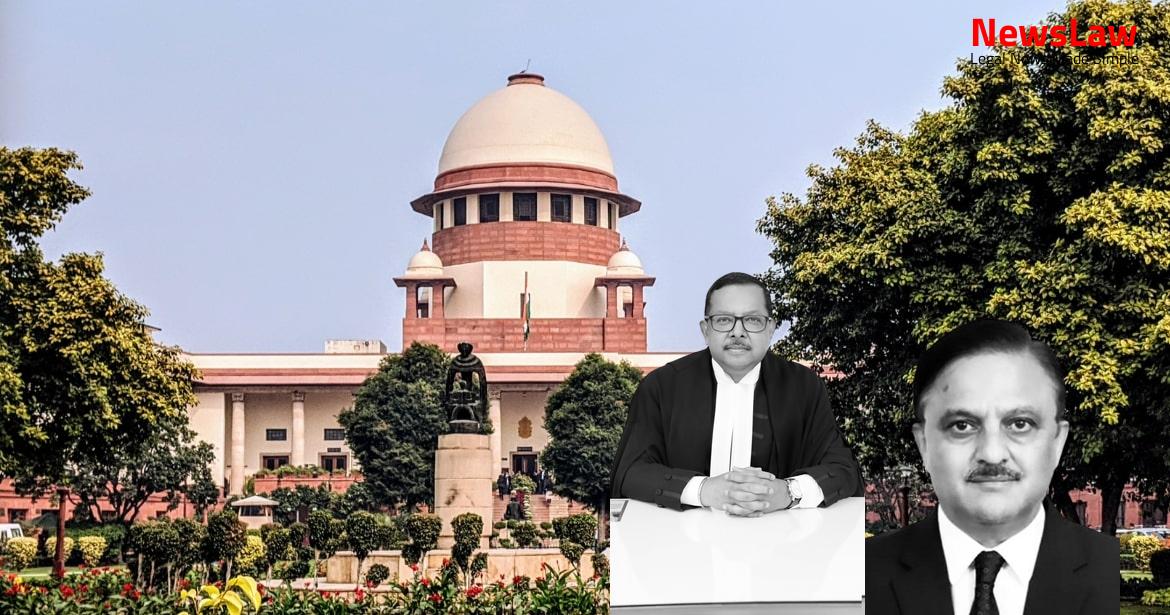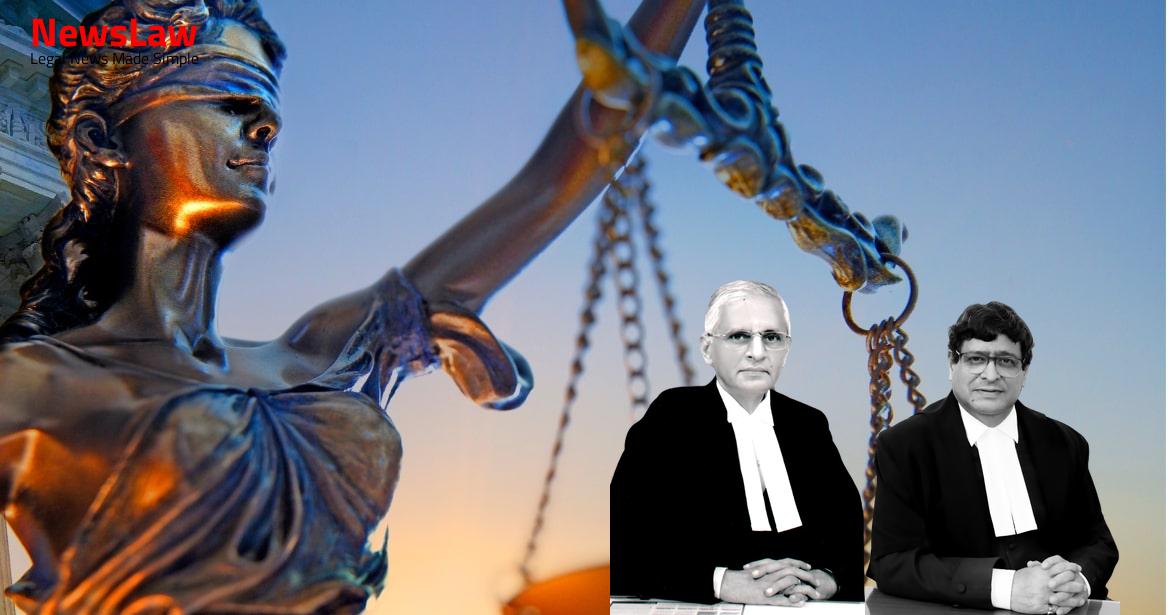Explore the detailed Supreme Court judgment on the Gabbu Murder Case, where the court addressed the aspects of vicarious liability under Section 149 of the IPC. The case involved the unfortunate demise of Jaibir @ Gabbu and the subsequent legal proceedings against the accused. Delve into the discussion on common object and common intention in unlawful assemblies as highlighted in this significant ruling.
Facts
- On the fateful date of 28.7.1994 at 3 a.m., Jaibir @ Gabbu (deceased) was murdered.
- The deceased succumbed to his injuries, though was taken for treatment to the General Hospital, Bhiwani.
- Examination revealed multiple lacerated wounds on the deceased’s scalp and various other parts of the body.
- The doctor opined that without timely medical aid, the injuries could have proved fatal.
- Accused No.1 raised a lalkara for the deceased to be killed altogether, leading to the fatal blows.
- A variety of weapons were used in the assault including lathis, bahis, and a sword.
- Charges were framed under Sections 148, 302, 307, 325 read with Section 149 of the Indian Penal Code, 1860, and Section 449 of the IPC.
- All accused were held guilty under Section 149 of the IPC for being part of an unlawful assembly.
- Specific attribution of injuries caused by each individual was not required to be considered.
- Krishan (A-2) and Karma (A-7) did not appeal the High Court’s decision and accepted the sentence.
- The sentences of the accused were directed to run concurrently.
- Accused were sentenced under various sections including 325, 148, 307, 302, and 449 of the IPC.
- Remaining arrested accused were found guilty and convicted under different sections of the IPC.
- Karma (A-7) was apprehended subsequently and convicted in a separate trial.
- Accused filed appeals against the decision.
Also Read: Supreme Court Judgment on Single Till Mechanism for HRAB Calculation: A Comprehensive Analysis
Arguments
- The main injury causing death was from a blow to the head by a wooden rafter delivered by A-1
- A-1, the accused, passed away during the trial
- Learned counsel emphasized Chapter VIII of the IPC on ‘Offences against the Public Tranquility’
- The provisions of Chapter VIII need to be read holistically and in sequence
Analysis
- Section 149 of the IPC establishes vicarious liability for members of an unlawful assembly
- For a person to be guilty under Section 149, it must be proven that they are a member of an unlawful assembly of at least five persons
- Offences under Sections 143, 146 or 148 must be present when charging under Section 149 for vicarious liability
- Presence in an unlawful assembly alone is not enough for liability, there must be a common object as specified in Section 141
- Common object of assembly is determined from circumstances like time, place, and conduct of the gathering
- Section 142 of the IPC specifies that mere presence in an unlawful assembly is not sufficient for liability, common object is key
- Section 149 of the IPC declares vicarious liability for unlawful assembly in two scenarios
- Minor discrepancies in the testimonies of PW-7 and PW-8 were considered natural due to the sudden attack by multiple persons.
- Accepting the plea based on minor discrepancies would amount to nitpicking witnesses’ testimonies to secure an acquittal.
- The emphasis in Section 149 IPC is on the common object and not on common intention.
- When applying Section 149 of the IPC, the unlawful assembly must have a common object.
- The non-examination of Sandeep as a witness was considered a crucial infirmity in the case.
- Discrepancies labeled as ‘minor discrepancies’ by the High Court were deemed insignificant in the nature of the incident.
- The argument for converting the sentence to Section 304 Part II due to served time was rejected.
- All the accused were involved in inflicting fatal blows on the deceased, pointing to a shared common object of the unlawful assembly.
- The identification of the accused in the FIR and by the witnesses was scrutinized for consistency.
- The necessary ingredients of an unlawful assembly needed to invoke Section 149 of the IPC were discussed.
- Judicial pronouncements clarified the requirements for invoking Section 149 based on the established unlawful assembly.
- In cases where a group attacks a victim resulting in death, all members of the assembly should be considered to have shared the common object.
- The severity of the injuries inflicted by different members of the assembly should not be used to absolve some members of guilt.
- The invocation of Section 141 of the IPC is crucial in establishing the existence of an unlawful assembly.
- Reference to the judgment in Dani Singh v. State of Bihar reaffirms the collective responsibility of the assembly.
- The case of Mahadev Sharma v. State of Bihar provides insights into the importance of invoking Section 141 of the IPC.
- The plea of mistaken identity by A-5 has not been accepted by the court
- A-3 adopted all arguments of A-5 except the plea of mistaken identity
- Arguments of A-4 and A-6, which were adopted by A-5, have already been rejected
Also Read: Selection and Appointment of Judicial Officers in Himachal Pradesh
Decision
- Four appeals discussed in the judgment have been dismissed.
- The accused are directed to surrender within fifteen days to serve the remaining sentence.
Case Title: DEV KARAN @ LAMBU Vs. STATE OF HARYANA
Case Number: Crl.A. No.-000299-000299 / 2010



